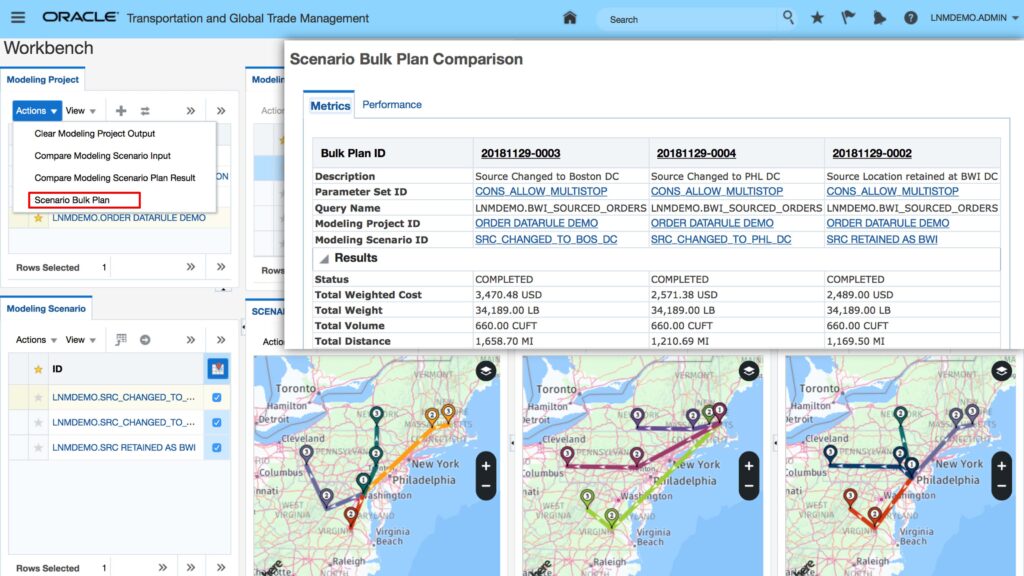As of 13 February 20204, Oracle Corp has advised new logistics capabilities to its Fusion Cloud Supply Chain & Manufacturing (SCM) platform. These changes allow users to explore logistics modelling scanrios with input data from transportation and trade management.

The SCM upgrade is meant to help organisations improve the efficiency of supply chains while addressing considerable obstacles such as component shortages, disrupted shipping routes, ever-changing global trade agreements, and volatile client demand.
According to Oracle, logistics professionals require agile and efficient modeling and planning support that can assist them in successfully navigating regulatory compliance, reducing the likelihood of trade bottlenecks, and mitigating the impact of ongoing shipping disruptions.
“The pandemic brought supply chains to the forefront, and the repercussions are still ongoing, including geopolitical tensions, trade regulations and sanctions, and even changes in consumer consumption habits,” said Srini Rajagopal, Oracle’s vice president of logistics product strategy, in an interview. “As a result, businesses require a platform that connects suppliers, customers, and supply chains, providing them with end-to-end visibility into the status of each order.” This enables them to plan for resilience and deal with unforeseen disruptions.
Logistics Network Modelling
Oracle’s SCM pltform offers these benefits by merging commerce and transportation processes on a single platform. This method enables it to provide logistics network modelling (LNM), allowing customers to investigate various situations such as a closed port or a shuttered supplier and observe the theoretical effects of those changes on their own system’s actual data.
At its core, logistics network modelling seeks to devise the most efficient and cost-effective method of transporting goods from suppliers to end users. It entails conducting a thorough analysis of transport modes (road, rail, air, and sea) and their combinations in order to achieve the best possible speed, cost, and reliability. This modelling also takes into account geographic distances, transportation costs, transit times, and regulatory constraints, allowing businesses to choose the best routes and modes for their supply chain operations.
Oracle Fusion’s recent update includes enhancements to the platform’s functionality in fleet management, global trade management, the mobile app, and user experience (UX) workbenches that provide business intelligence (BI) and visual representations of data.




